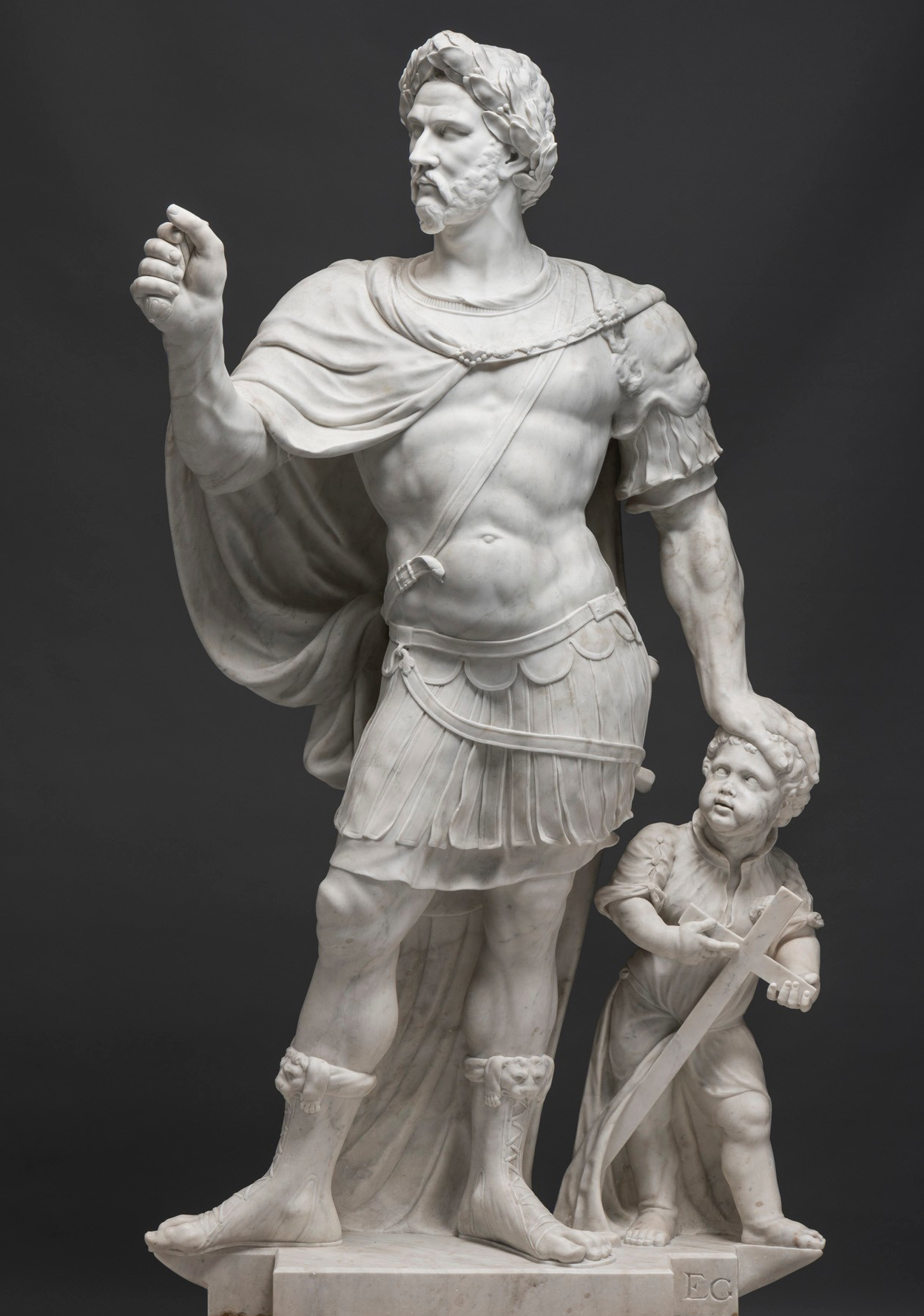
Link
Runtime
2012–2026
project participants
Heinrich Heine University Düsseldorf, CCeH, North Rhine-Westphalian Academy of Sciences, Humanities and the Arts. Project leads: Prof. Dr. Bruno Bleckmann (Institute for Historical Sciences), Prof. Dr. Markus Stein (Institute for Classical Philology). CCeH staff: Peter Dängeli, Sviat Drach, Jan Bigalke
Funding
Funded by the North Rhine-Westphalian Academy of Sciences, Humanities and the Arts.
Description
The research project “Minor and Fragmentary Historians of Late Antiquity” comprises almost 90 authors and anonymous works from the 3rd to the 6th century AD. These include Latin and Greek authors, secular and ecclesiastical historians, fragmentary and “minor” authors, i.e. those that are rarely edited as independent works and are not included in fragment collections.
The project is scheduled to run for 15 years and is funded by the North Rhine-Westphalian Academy of Sciences, Humanities and the Arts and the Union of the German Academies of Sciences and Humanities with a total of €3,000,000 as part of the Academies’ Program. The primary aim of the project is to publish the original texts in print. The preparatory work for this is carried out in the Classical Text Editor (CTE). The introductory texts are written using conventional word processing programs such as MS Word. The print editions are produced in a classic publishing process. For the digital Open Access publication, the transcription data including all index references are exported from CTE in its TEI/XML format. The export is followed by a largely automated structural homogenization of the files, which runs as a series of XSL transformations orchestrated by XProc. The introductions are transformed once into XML format using the TEI stylesheets and then edited manually. The data is presented using a customized version of the Kiln software. This combines the sophisticated XML processing tool Apache Cocoon with a Solr index. The transformation from XML to HTML is again carried out using XSLT.
Picture credits
Emperor Constantine the Great (274–337), Skulpt.slg. 91, Sculpture Collection of the Prussian Palaces and Gardens Foundation Berlin-Brandenburg / Image: Studio Jester Blank, 2018 (CC BY-NC-SA 3.0), https://brandenburg.museum-digital.de/index.php?t=objekt&oges=38699.
